Search the Special Collections and Archives Portal
Search Results
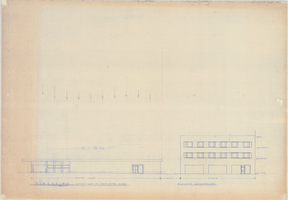
Binion's Horseshoe Sign: architectural drawing
Date
Archival Collection
Description
Architectural drawing from Homer Rissman Architectural Records (MS-00452).
Image
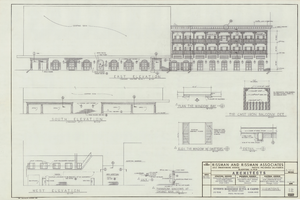
Binion's Horseshoe Elevations: architectural drawing
Date
Archival Collection
Description
Architectural drawing from Homer Rissman Architectural Records (MS-00452).
Image
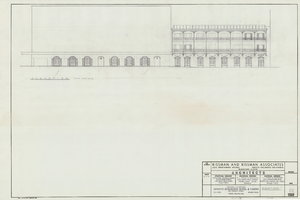
Binion's Horseshoe Elevations: architectural drawing
Date
Archival Collection
Description
Architectural drawing from Homer Rissman Architectural Records (MS-00452).
Image
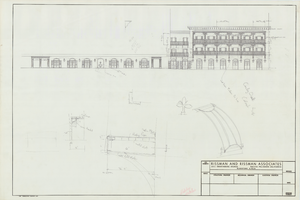
Binion's Horseshoe Elevations: architectural drawing
Date
Archival Collection
Description
Architectural drawing from Homer Rissman Architectural Records (MS-00452).
Image
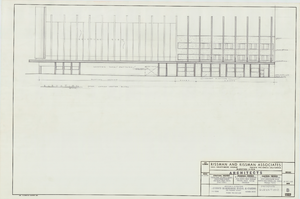
Binion's Horseshoe Proposed Elevation: architectural drawing
Date
Archival Collection
Description
Architectural drawing from Homer Rissman Architectural Records (MS-00452).
Image
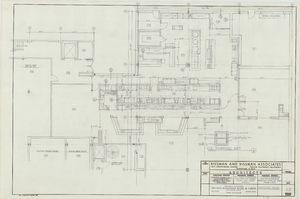
Binion's Horseshoe Kitchen Plan: architectural drawing
Date
Archival Collection
Description
Architectural drawing from Homer Rissman Architectural Records (MS-00452).
Image

Binion's Horseshoe Elevations & Sections: architectural drawing
Date
Archival Collection
Description
Architectural drawing from Homer Rissman Architectural Records (MS-00452).
Image
"Nevada Week in Review" on Stratospere Tower design: video
Date
Archival Collection
Description
Nevada Week in Review featuring host Mitch Fox along with panelists Fred Lewis of KNEWS Radio, Jeff German of the Las Vegas Sun, Phil Hevener of Las Vegas Style magazine, and Angela Rodriguez discussing Stratopshere Tower design and marketing. Original media VHS, color, aspect ratio 4 x 3, frame size 720 x 486. From the Bob Stupak Professional Papers (MS-01016) -- Professional papers -- Audiovisual material -- Digitized audiovisual clips file.
Moving Image
Channel 8 news segment: Bob Stupak tours Stratosphere Tower: video
Date
Archival Collection
Description
Channel 8 "Eyewitness News" segment featuring Bob Stupak as he tours the Stratosphere Tower construction site for the first time since his motorcycle accident. Original media VHS, color, aspect ratio 4 x 3, frame size 720 x 486. From the Bob Stupak Professional Papers (MS-01016) -- Professional papers -- Audiovisual material -- Digitized audiovisual clips file.
Moving Image
Bob Stupak briefly talks with Bill Clinton: video
Date
Archival Collection
Description
Short segment featuring behind a quck conversation with President Bill Clinton held after the President finished a round of golf with Michael Jordan and Brian Greenspun at the Las Vegas Country Club. The round ended after dark. Later part shows Stupak waiting in line and chatting with various people. Original media VHS, color, aspect ratio 4 x 3, frame size 720 x 486. From the Bob Stupak Professional Papers (MS-01016) -- Professional papers -- Audiovisual material -- Digitized audiovisual clips file.
Moving Image
